Advertisements
Climate change is a phenomenon that is currently posing a big threat to the environment. As it turns out it might actually destroy some of the cultural treasures we have. A recent study shows that by the end of this century, cultural treasures such as the Leaning Tower of Pisa, the Patriarchal Basilica of Aquileia and even the ancient metropolis at Carthage could be ruined by flooding and severe coastal erosion.
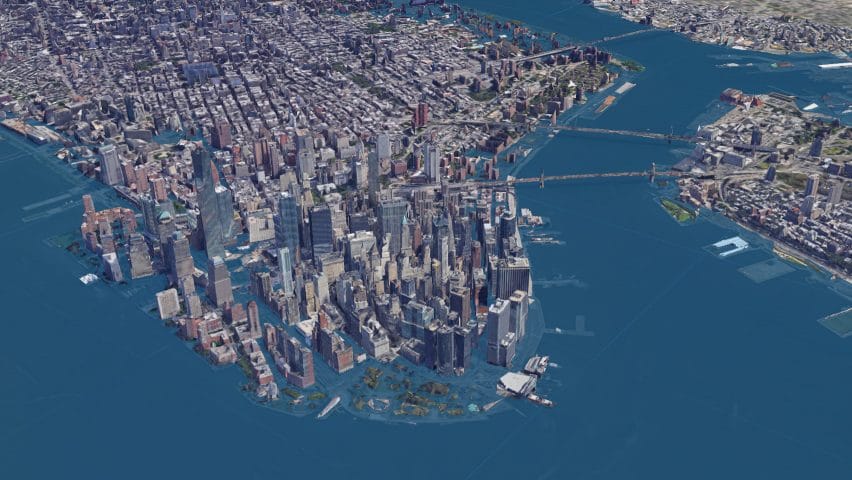
Of the 1092 cultural and natural wonders on the 2018 list of World Heritage sites, most are facing the threat of climate change. There has been very little research in the wake of this knowledge but a team of geographers is trying to remedy the situation. Lena Reimann, a geographer from Germany’s Kiel University led the team in assessing the threat flooding and erosion poses, as a result of the rising sea levels at 49 of the UNESCO heritage sites. The ones located in the Mediterranean were selected as they are believed to be facing the threat most. The sites specifically in the Mediterranean Low Elevation Coastal Zone were chosen for the research as they are just thirty feet above sea level. Among all of them, Italy has the greatest concentration sites with fifteen. After Italy, follows Croatia, Greece and then Tunisia.
1. Medina of Tunis

The Medina contains seven hundred monuments. It is a fascinating site that contains palaces, mosques, madrasas, fountains among others dating from the Almohad and Hafsid times.
The city’s structure and convoluted roadmap inspired colonizing writers and poets to spin tales of the dangerous Medina, land of anarchy and chaos, where ambushes are a daily occurrence. But when ethnologists arrived in the 1930s, it was revealed that the city structure of the Medina areas expresses highly sophisticated societal and cultural norms, and houses are built in accordance with the relationships between their inhabitants.
2. Xanthos Letoon
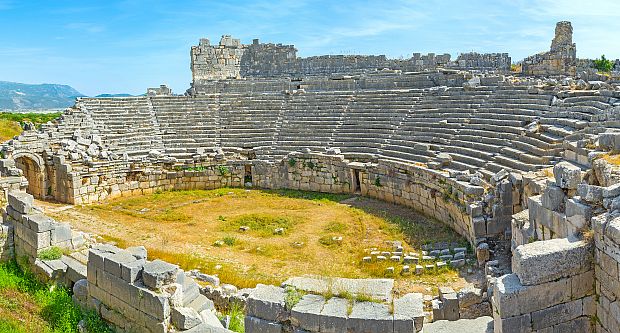
Xanthos Letoon is the second site from the research that will not be affected by either of the two effects. The two sites showcase the continual historic flow of the Anatolian, Greek, Roman, and Byzantine civilizations, who lived this land, following in each other’s footsteps. The site contains two separate locations representing the Lycian civilization, a rather significant culture of the Iron Age in Anatolia. Here, some of the most valued inscriptions in Lycian are found. Rock structures and once towering stone columns provide historians with a greater understanding of the
Indo-European origins of the Lycian people and their language.
3. Venice
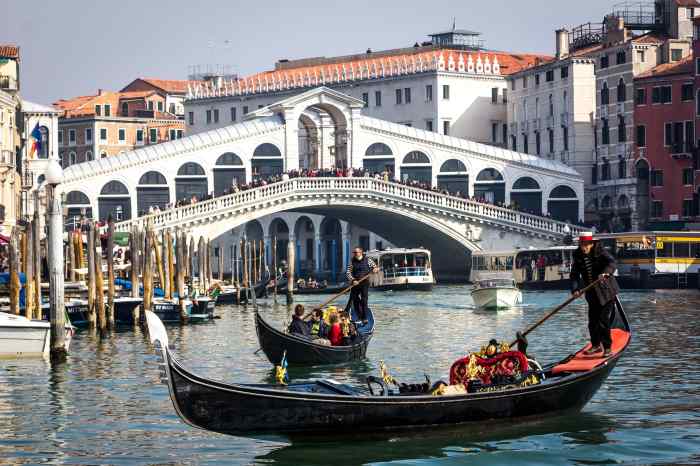
Venice, The Floating City known for its labyrinth of amazing canals not to mention its lagoons, will suffer the worst results of rising sea level. It is said that a once in a hundred years storm is expected that will cause a surge and close to 98%of the city could end up submerged. It is one of the most famous attractions Italy has and is located across a number of small islands, a hundred and eighteen in total. It got its name from the ancient Veneti people and was historically the capital city of the Republic of Venice.
4. Patriachal Basilica of Aquileia
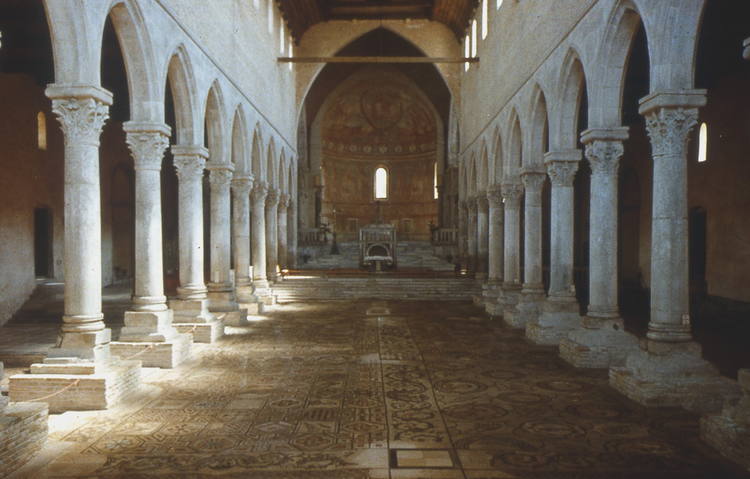
This is an outstanding building that played a big role in the evangelization of a big part of central Europe. It will also suffer from the rising sea level. In history, Aquileia was one of the wealthiest city of the early Roman Empire. It was also one of the largest and was destroyed by Attila around the mid 5th century period. The Basilica, which is very outstanding also has an amazing mosaic pavement.
5. Ferrara
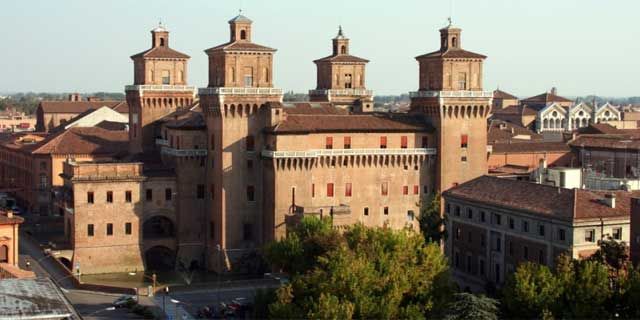
This Italian City alongside its wetlands of Po Delta also faces devastation from rising sea levels. Ferrara is a city in the northern part of Italy, particularly the Emilia-Romagna region. It is one of the Renaissance city states of Italy, one of the most important culturally and the first modern one, which served as a reference point for various minstrels, poets as well as artists.
6. Hagia Sofia
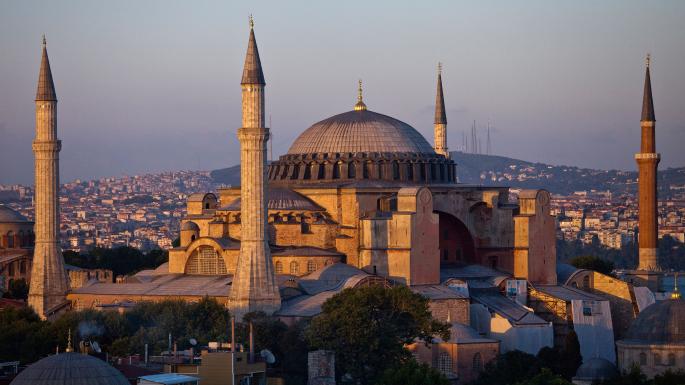
It is a museum that was once a Christian Orthodox church, then later a mosque. The low elevation of the Istanbul city could see the sea level rise by up to two feet by 2100. Hagia Sofia was built within six years
7. Pisa

Pisa could also end up under water. It is a city known for its very iconic leaning tower. It is located in Tuscany, Italy. The leaning Tower happens to be the cathedral’s freestanding bell tower. It actually started to tilt during its construction as a result of inadequate foundation, especially on one side to properly support its weight.It tilted until it was finally stabilized.
8. Piazza Del Duomo
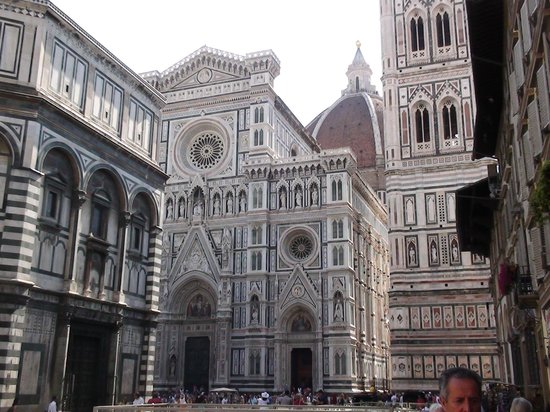
It is located in Florence, Italy. It is the heart of the city and also happens to be one of the most visited places in the entire European continent owing to the fact that it has a lot of monuments. Some include the Basilica of Santa Maria del Fiore, Giotto’s Bell Tower and the Baptistery of San Giovanni Battista, among others.
9. Tyre
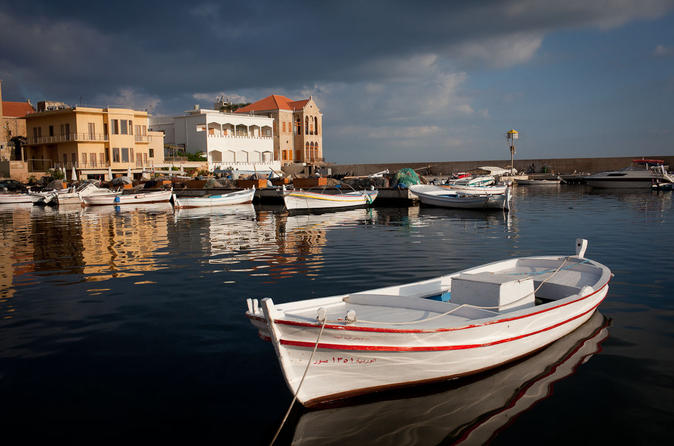
When it comes to soil erosion, out of the sites examined, Tyre will be most affected. Tyre is a Phoenician city located in present day Lebanon, which is exactly on the coastline of the Mediterranean. The ground there is mostly sandy and waves could go upto a height of 2.3 feet.
10. Pythagoreion and Heraion of Samos

Pythagoreion and Heraion of Samos in Greece come second when it comes to soil erosion risk. Pythagoreion holds the tunnel of Eupalinos which is the second known tunnel in history. The Heraion of Samos was a sanctuary and a temple stood opposite the cult altar of the goddess Hera. It is said in history that many civilizations once inhabited this island.
11. The White City of Tel Aviv

This city is likely to be affected by erosion as well. It was designed in the Bauhaus style. Its design is very suitable for the climate of the city as well as the culture. The city is a collection of more than four thousand buildings, all uniquely built. The architects responsible for them were German Jewish. The city was founded in 1909.
12. Archaeological Ensemble of Tarraco

It happens to have been the oldest Roman settlement of the Iberian Peninsula that is located in Tarragona. Tarraco was a major city in Roman Spain, serving as an administrative and mercantile center. It had a good number of fine buildings and for the Iberian provinces, it was the center for the Imperial cult.
13. Ephesus
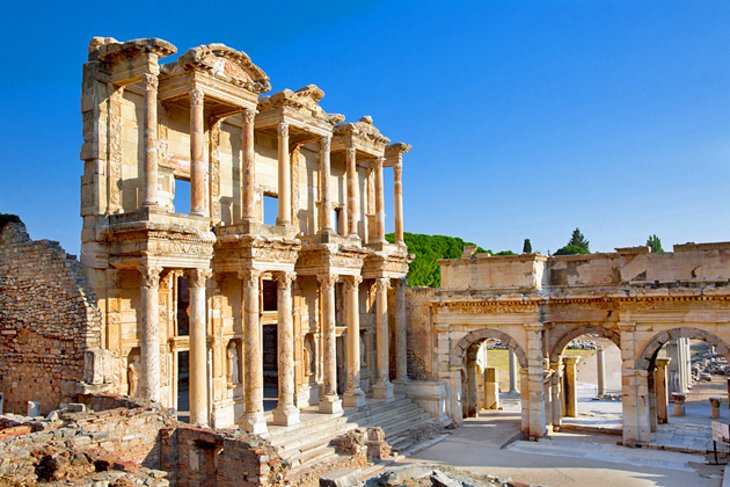
Ephesus is famous for the Temple of Artemis. It was an ancient Greek city formerly known as Ephesos. It was built in the tenth century BC and flourished when the Roman Republic took control of it. It contains the Great Theatre and Library of Celsus as well and excavators have uncovered more monuments said to be from the Roman Imperial Period.
14. Early Christian Monuments of Raveena

The churches and chapels are decorated with amazing mosaics which seem to have survived in their original state. The monuments are eight in number and are all located in the northeastern part of Italy. That said, they have undergone a number of changes over about fifteen centuries but still remain very important in history.
The Early Christian Monuments of Raveena and the Cathedral of St. James located in Sibenik can be relocated but this would mean they will lose their outstanding universal value.
15. Cathedral of St. James in Sibenik

It is a triple-nave basilica in Croatia that has three apses and a dome. It is a masterpiece that was built in the fifteenth century. It is a uniquely constructed structure, made completely out of stone. It was made through a very interesting fusion of both Gothic and Renaissance art.
The whole point of doing the study was to create awareness on just what is going on so as to encourage those in the frontline of policymaking to come up with and put in place strategies to protect these historical legacies. Currently in Venice for example, mobile barrier systems are being installed by officials to ward off water from floods. While they have stepped up to the task, others are a bit slower and are hoping that UNESCO will step in and give them a hand.
By now you have heard of many different effects of climate change on the environment but with these, looks like it gets worse with each passing day. Not only will it cause
The researchers came up with four different models of sea rise scenarios from 2000 to 2100, accounting for greenhouse gas emissions at different levels as well as ice sheet melt. The saddening thing is that even the most optimistic projections from the entire research predicted that they are at extreme risk and will definitely be devastated by the flooding and coastal erosion. Thirty-seven of the forty-nine sites are under threat of flooding while
This particular study concludes that by the end of this century, only the Medina of Tunis and Xanthos-Letoon of Turkey will not be threatened by any of these two effects.
